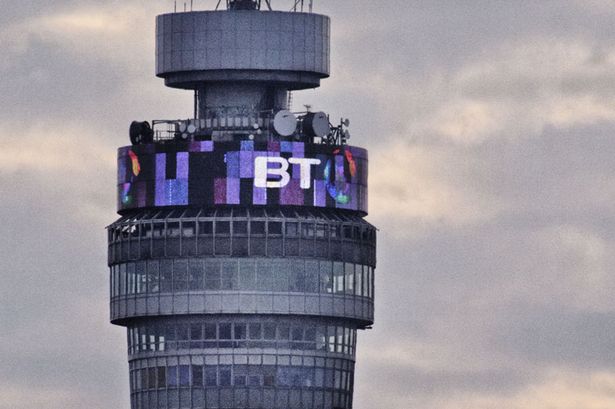BT Perfectly Happy To ‘Sweat’ Copper Broadband Assets

BLOG: BT and its rivals agree on one thing: it plans to sweat its copper assets
One of the most common allegations levelled at BT by its rivals is that it is content with ‘sweating’ its copper assets rather than investing in new digital infrastructure like fibre to the premise (FTTP).
BT might refute other accusations, such as underinvestment in Openreach for example, but it is perfectly willing to admit it plans to sweat its century-old copper network for all its worth, claiming the use of Fibre to the Cabinet (FTTC) has made it cheaper, easier and quicker to bring superfast broadband to as many people as possible.
Copper sweating
 FTTC uses copper for the final few hundred metres of the connection, meaning speeds for end users become slower the further they are away from the cabinet. This has led to claims that FTTC is a lazy, cheap option that will cause the UK to fall behind other countries deploying 1Gbps FTTP.
FTTC uses copper for the final few hundred metres of the connection, meaning speeds for end users become slower the further they are away from the cabinet. This has led to claims that FTTC is a lazy, cheap option that will cause the UK to fall behind other countries deploying 1Gbps FTTP.
But BT says 90 percent of the UK can now receive superfast broadband and it is “on track” to help the government reach its 95 percent coverage target by the end of 2017. Simply put, it doesn’t think there would have been a business case for rural broadband a few years ago.
Critics point to New Zealand’s target to reach 80 percent of its population with FTTP by 2022, but BT prefers you to consider the example of Australia’s National Broadband Network (NBN), whose plans to deploy FTTP to the country have been delayed at considerable expense to the taxpayer. Indeed, NBN representatives were on hand to talk about its new mixed technology approach.
“What’s the advantage of copper? You don’t have the same disruption, you don’t have the same cost and you can drive low end user prices,” Bill Murphy, BT’s managing director of Next Generation Access (NGA) told Broadband World Forum in London “In the UK there is high takeup [of superfast broadband] because of choice of supply and low prices.”
“If we can sweat that asset more, we certainly intend to.”
Ultrafast future
BT has pledged to make 10Mbps available to everyone in the country and extend fibre coverage to the final five percent.
 It also has plans to deliver ‘ultrafast’ broadband to the majority of the UK within a decade, using not only FTTP but also G.Fast – a technology that boosts connection speeds on copper. G.Fast should deliver up to 500Mbps, but lab tests of a more advanced version called ‘XG.Fast’ have reached 5Gbps.
It also has plans to deliver ‘ultrafast’ broadband to the majority of the UK within a decade, using not only FTTP but also G.Fast – a technology that boosts connection speeds on copper. G.Fast should deliver up to 500Mbps, but lab tests of a more advanced version called ‘XG.Fast’ have reached 5Gbps.
BT uses these tests as evidence that G.Fast is futureproof and shows copper is one of a number of technologies that will help deliver the UK’s ultrafast future.
“I really don’t believe it’s a case of all or nothing. We’ve developed a tool kit – FTTP, FTTC, significant rearrangement of the network, fibre to remote node – it will be what the best technology is to deliver the best outcome, said Kim Mears, head of Openreach infrastructure.
“When you’re part of the five percent, you don’t give a damn about the 95 percent. You are a ‘have not’.”
Does it matter?
The recent parliamentary debate on broadband was dominated by MPs whose constituents cant yet access superfast, while others have claimed there are ‘digital divides’ occurring in a local scale as some streets and postcodes are upgraded while their neighbours are not.
As Ofcom’s once-in-a-decade review of the UK communications market continues, the arguments about the technology used and whether Openreach is better off alone will continue to rumble on. TalkTalk and Sky, after all, would like to work with an independent Openreach to spread FTTP across the UK.
But it seems there is one thing all parties can agree on: BT is going to sweat its copper.
What do you know about BT? Find out with our quiz!